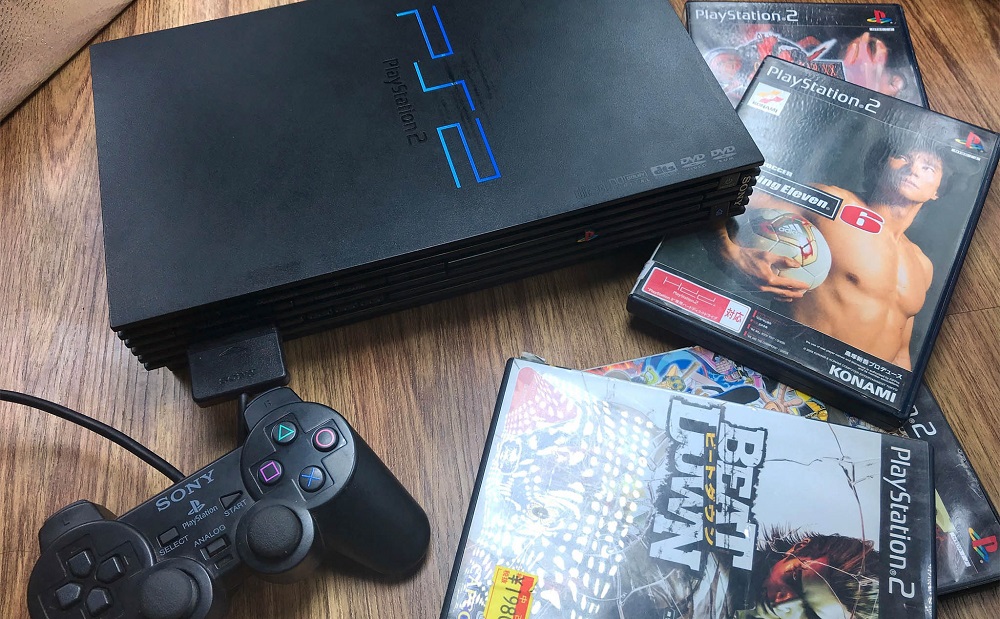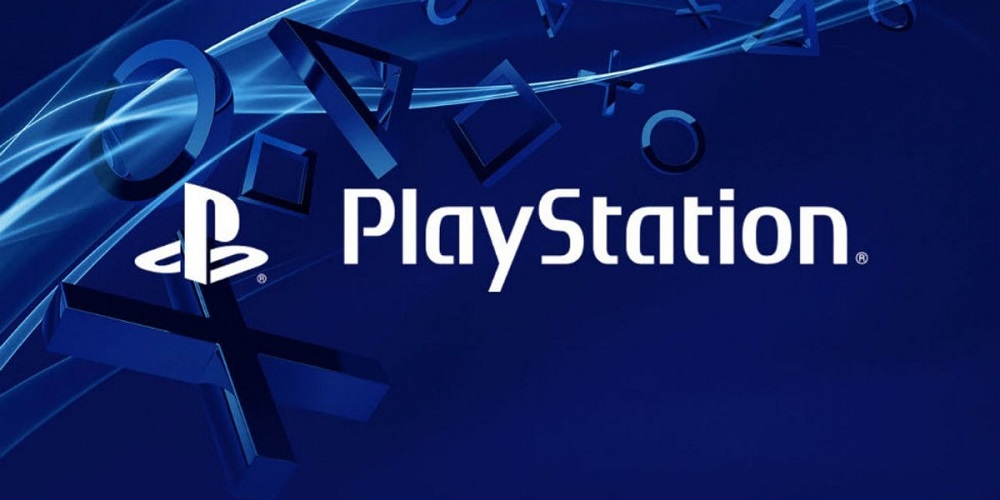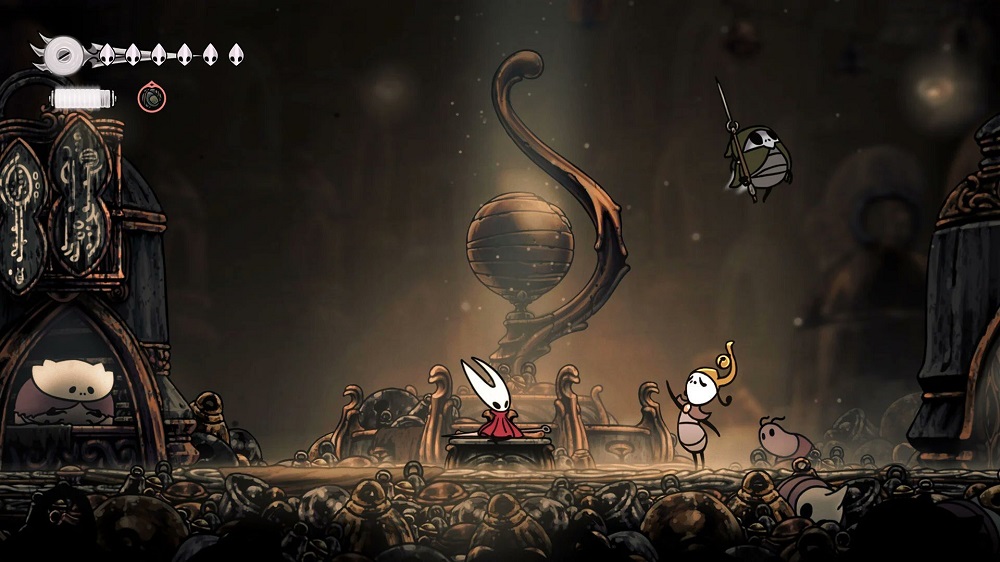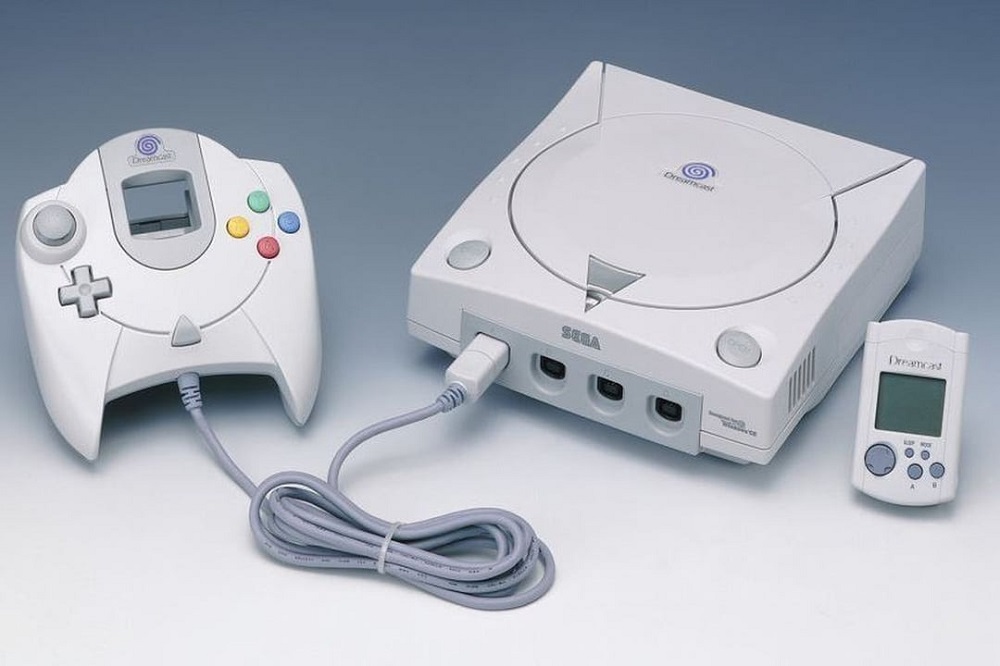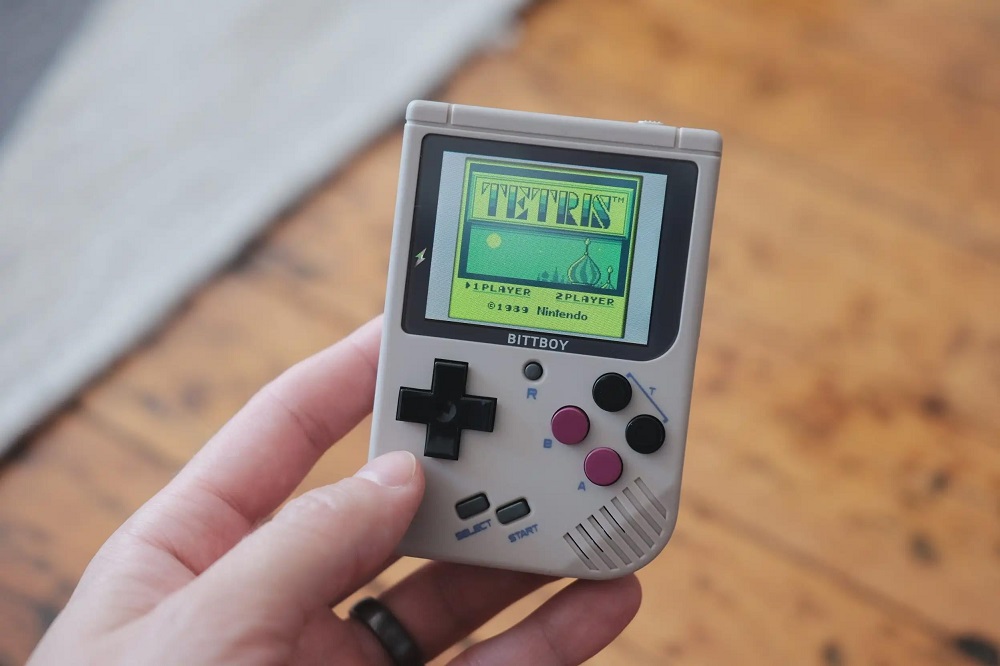When Sony released the PlayStation 2 (PS2) in March 2000 (Japan) and October 2000 (worldwide), it didn’t just launch another video game console—it redefined what a console could be. With over 155 million units sold, the PS2 remains the best-selling console of all time, and its influence is still felt decades later.
In this article, we take a deep dive into how the PS2 became a global phenomenon, examining its hardware, iconic game library, cultural impact, and the legacy it left for the future of gaming.
A Monumental Launch and Backward Compatibility
Coming off the massive success of the original PlayStation (1994), expectations were sky-high for its successor. Sony delivered.
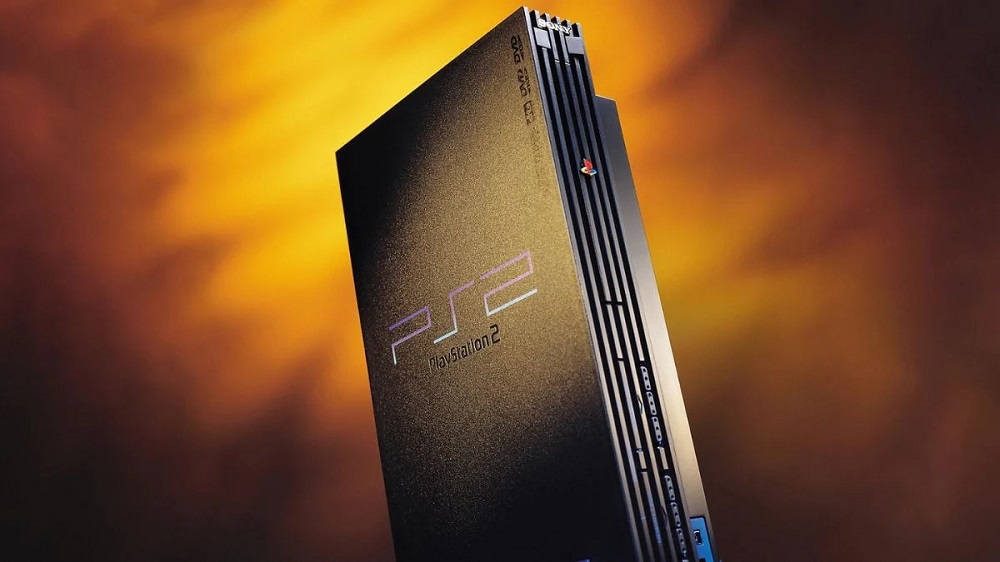
The PlayStation 2 launched with a key feature that instantly set it apart: backward compatibility. For the first time, gamers could play their entire PlayStation 1 library on a next-gen console, preserving their investments and beloved titles.
It also included a built-in DVD player, which—at the time—was a game-changer. Priced competitively, many households bought the PS2 not just for gaming, but as a more affordable DVD player, making it one of the earliest entertainment hubs.
Technical Leap and Design
The PS2’s design was sleek, futuristic, and modular. It could stand vertically or horizontally and was much smaller than the Xbox or GameCube that would follow.
Hardware Specs:
- CPU: “Emotion Engine” at 294 MHz
- GPU: Graphics Synthesizer capable of high polygon output
- Memory: 32MB RDRAM
- Media: DVD-ROM + CD-ROM support
While the architecture was notoriously difficult to develop for, Sony’s widespread reach and dev support helped overcome this hurdle quickly.
For insight into Sony’s console origins, read The Power of PlayStation: Sony Enters the Game (1994)
A Game Library That Defined a Generation
The PS2’s success can be largely attributed to its unparalleled game library, with over 3,800 titles released globally and something for every type of gamer.
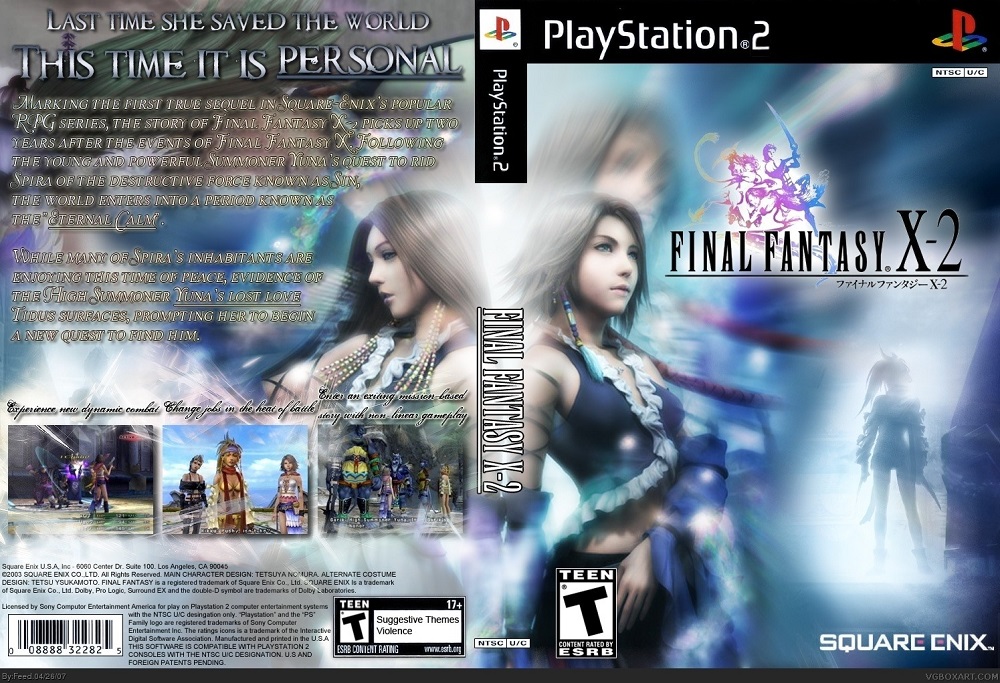
Notable Exclusives:
- Metal Gear Solid 2: Sons of Liberty
- Shadow of the Colossus
- Final Fantasy X
- Kingdom Hearts
- Gran Turismo 3: A-Spec
- Jak and Daxter, Ratchet & Clank, and Sly Cooper
It also hosted third-party juggernauts like:
- GTA: San Andreas
- Devil May Cry
- Resident Evil 4
These games weren’t just popular—they were innovative, cinematic, and timeless.
Many of these franchises took root during the PS1 era. Learn more in Nintendo 64 and the Leap to 3D Gaming
Multimedia and Market Reach
In addition to gaming, the PS2 found its way into homes as an all-in-one entertainment system. With DVD movie playback and support for music CDs, it was a staple in many living rooms.
Sony’s global marketing campaigns emphasized the console’s broad appeal, especially in regions like Europe and Latin America where PC gaming wasn’t as dominant.
The PS2’s sleek interface and DualShock 2 controller made it intuitive and familiar. Its combination of affordability, entertainment, and legacy support widened its audience to both hardcore and casual gamers.
Online Play and Network Adapter
While online gaming was not the PS2’s initial focus, Sony introduced a network adapter in 2002 that allowed players to connect online for select titles like:
- SOCOM: U.S. Navy SEALs
- Twisted Metal: Black Online
- Final Fantasy XI
While not as robust as Xbox Live, it laid the groundwork for future PlayStation Network development on the PS3.
Curious how online console gaming first began? See Dreamcast: Sega’s Final Console and Its Legacy
Longevity and Continued Support
What made the PS2 exceptional was its remarkable longevity:
- Games continued releasing until 2013, with FIFA 14 being one of the last major titles
- Sony officially stopped manufacturing PS2 units in January 2013, nearly 13 years after launch
This incredible lifespan gave the PS2 a multi-generational reach, connecting gamers young and old across decades.
It also became a favorite for modding, homebrew, and boot discs, extending its functionality even further.
Cultural and Industry Impact
The PS2 wasn’t just a commercial success; it reshaped the industry:
- Cemented the importance of cinematic single-player experiences
- Pioneered long-form storytelling in games
- Helped define genres like open-world and action-RPG
It inspired countless developers and raised expectations for what a console could deliver. The PS2 became a pop culture icon, referenced in movies, music, and beyond.
At its peak, it outsold all its competitors combined, and even today, it’s still widely collected and cherished.
Collectibility and Legacy in 2025
As of today, retro collectors hunt down PS2 models in pristine condition, especially:
- Fat models with expansion bays
- Special edition colors (silver, ceramic white, etc.)
- Bundled game versions
Games like Rule of Rose, Kuon, and Haunting Ground fetch high prices due to rarity.
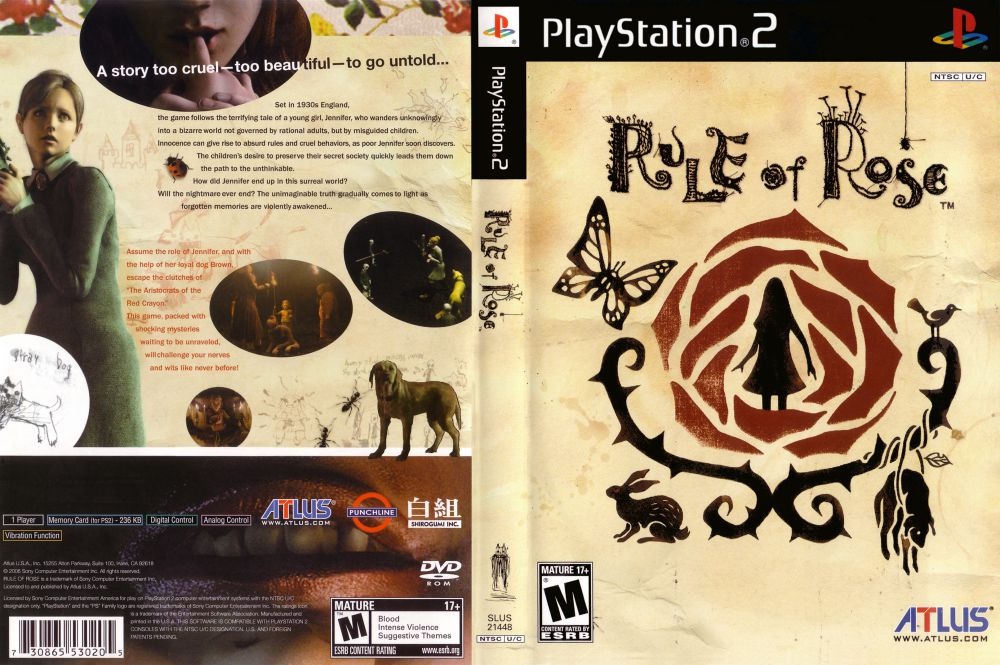
PS2 emulation has improved significantly, with tools like PCSX2 making it easy to revisit classics with enhancements.
We continue to celebrate the PS2’s massive library and encourage readers to revisit its classics—not only for nostalgia but to understand how much the console shaped modern gaming.
Final Thoughts
The PlayStation 2 wasn’t just the best-selling console—it was a turning point in the history of interactive entertainment. It bridged generations, connected cultures, and redefined what home gaming meant.
From its iconic startup sound to its massive library of unforgettable games, the PS2 lives on in every gamer who ever picked up a DualShock 2 controller.
Whether you’re revisiting Shadow of the Colossus or diving into a forgotten JRPG, there’s always something new (or old!) to discover.
Stay tuned to Oldies Nest as we continue to celebrate the golden age of gaming—one console at a time.
